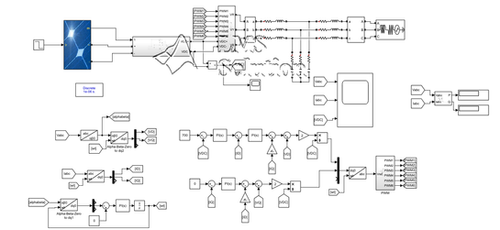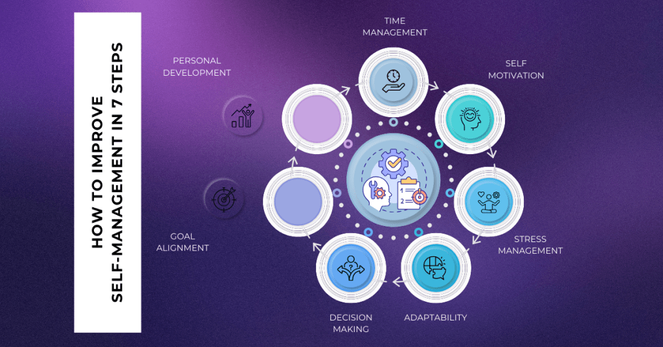MATLAB Model: https://zurl.co/p3zF7
https://zurl.co/M6zaB
#MATLAB #SolarPV #GridConnected #RenewableEnergy #EnergySystems #Simulation #PowerElectronics #CleanEnergy #TechInnovation #EnergyEfficiency #ElectricGrid

MATLAB - Grid Connected 100 kW Solar PV system | LMS Solution
A 100-kW PV array is connected to a 0.4 kV grid via a DC-DC boost converter and a three-phase three-level Voltage Source Converter (VSC). Maximum Power Point Tracking (MPPT) is implemented in the boost converter by means of a Simulink® model using the 'PO + Proportional Integral Regulator' technique. The detailed model contains the following components: PV array delivering a maximum of 100 kW at 1000 W/m^2 sun irradiance. 5-kHz DC-DC boost converter increasing voltage from PV natural voltage (290 V DC at maximum power) to 700 V DC. The switching duty cycle is optimized by an MPPT controller that uses the 'Incremental Conductance + Integral Regulator' technique. This MPPT system automatically varies the duty cycle in order to generate the required voltage to extract maximum power. 1980-Hz 3-level 3-phase VSC. The VSC converts the 700 V DC link voltage to 230 V AC and keeps the unity power factor. The VSC control system uses two control loops: an external control loop that regulates DC link voltage to +/- 250 V and an internal control loop that regulates Id and Iq grid currents (active and reactive current components). Id current reference is the output of the DC voltage external controller. Iq current reference is set to zero in order to maintain the unity power factor. Vd and Vq voltage outputs of the current controller are converted to three modulating signals Uabc_ref used by the PWM Generator. The control system uses a sample time of 100 microseconds for voltage and current controllers as well as for the PLL synchronization unit. Pulse generators of Boost and VSC converters use a fast sample time of 1 microsecond in order to get an appropriate resolution of PWM waveforms.








